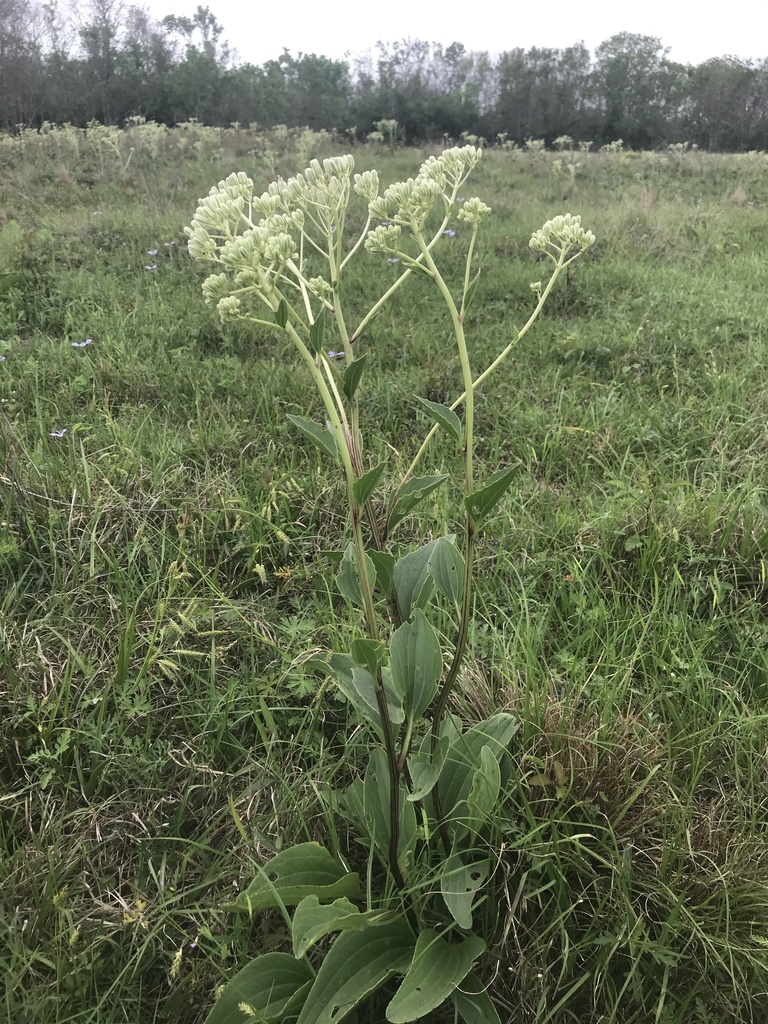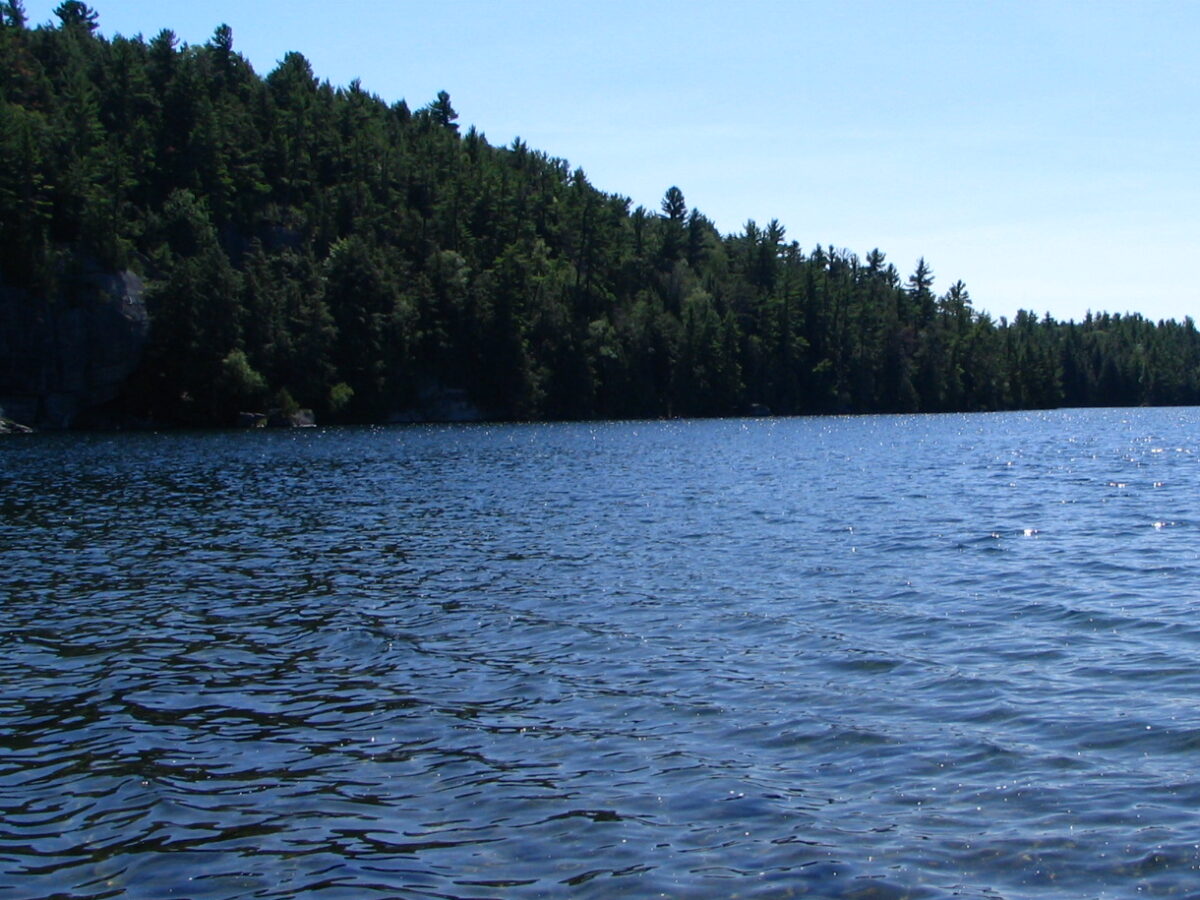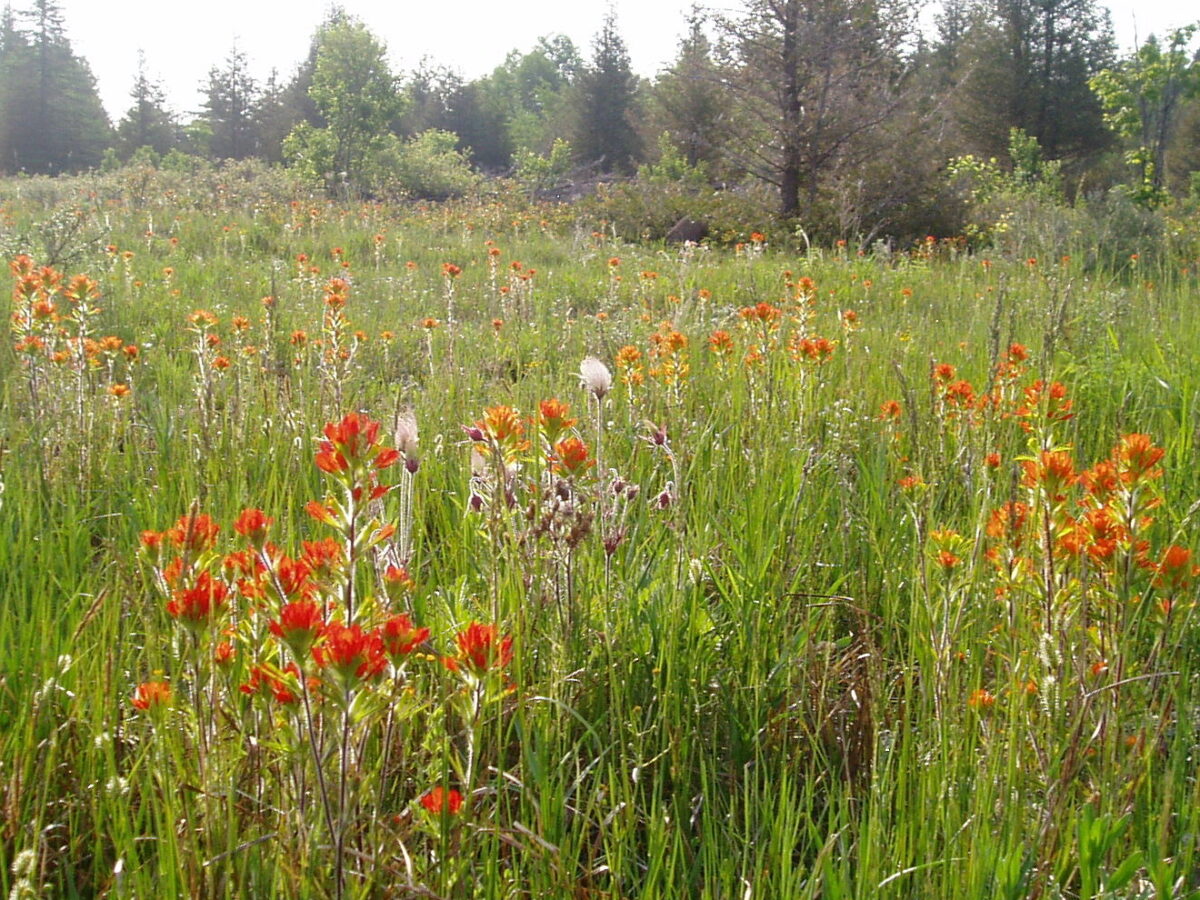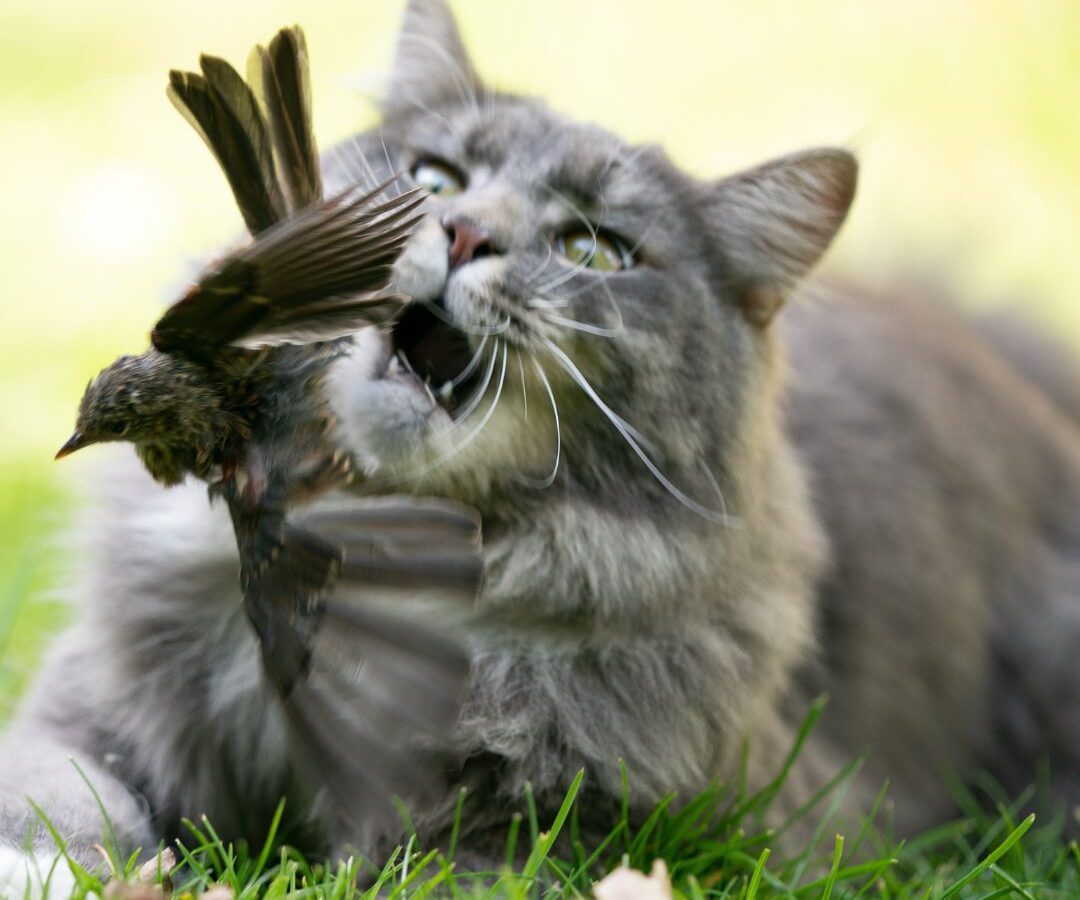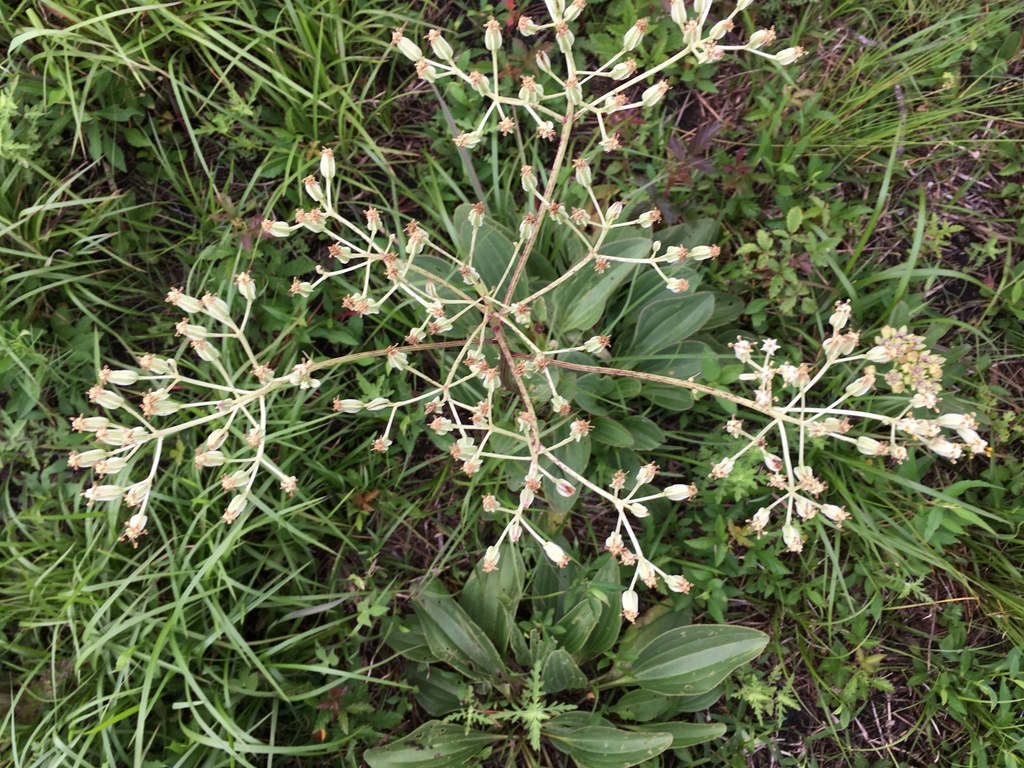
Species Identification:
The Tuberous Indian-plantain is a perennial plant that is a member of the Aster family. The leaves grow close to the ground in a rosette shape, and in the spring a long flower stalk will shoot up to heights of 1.8 metres! The flower stalk will produce a flat cluster of 30 - 100 small white flowers that bloom from June to August.
Habitat and Biology:
This species can be found in both the United States and southern Ontario. The Tuberous Indian-plantain is found from Ohio and Michigan, south to Texas and Alabama. In Ontario, this species can be found along the shores of Lake Huron near Port Elgin and Owen Sound, and there are isolated populations near Goderich and Clinton, and Guelph. The Tuberous Indian-plantain is now considered Extirpated from The Land Between.
The Tuberous Indian-plantain grows in sunny areas that are also wet, such as meadows or shoreline fens. The only known biological aspect of this species is that it reproduces by seed. There is very little known about its habitat requirements or biology.

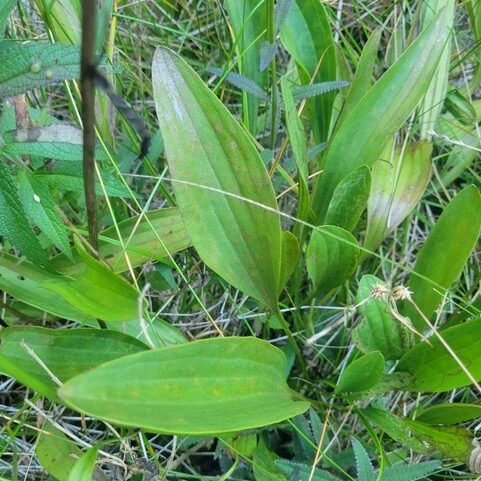
Conservation and recovery strategies:
Since this species is only considered to be ranked as Special Concern, no actions are being taken to protect the Tuberous Indian-plantain in Ontario. However, this species may be indirectly protected if other Species at Risk grow in the same habitats, or if wetlands are considered to be Provincially Significant. There are also many organizations around Ontario that are working to protect all wetlands and important habitats that may also help this species thrive.
Additional Resources:
- Government of Ontario’s Tuberous Indian-plantain SAR page
- Learn to identify Tuberous Indian-plantain and other cool plant species on iNaturalist
- Minnesota Wildflowers: Tuberous Indian-plantain guide
Sources:
Government of Ontario. 2014. Tuberous Indian-plantain. Retrieved from: https://www.ontario.ca/page/tuberous-indian-plantain
COSEWIC 2002. COSEWIC assessment and update status report on the tuberous Indian-plantain Arnoglossum plantagineum in Canada. Committee on the Status of Endangered Wildlife in Canada. Ottawa. vi + 11 pp. https://www.canada.ca/en/environment-climate-change/services/species-risk-public-registry/cosewic-assessments-status-reports/tuberous-indian-plantain.html
